The political history of the United States and Canada is intertwined and shaped by various events, influences, and developments. Here is a brief overview of the political histories of both countries:
United States:
Colonial Era (1600s-1775):
- European colonization by the British, French, Dutch, and Spanish.
- Development of the thirteen American colonies with distinct political and economic systems.
- Tensions with the British Crown over issues such as taxation without representation.
American Revolution (1775-1783):
- War for independence against British rule.
- Adoption of the Declaration of Independence in 1776.
- Formation of the United States as a federal republic.
Constitutional Convention and Early Republic (1787-1800):
- Drafting and ratification of the U.S. Constitution in 1787.
- Establishment of the federal government with a system of checks and balances.
- George Washington becomes the first President in 1789.
Expansion and Westward Movement (1800-1860):
- Louisiana Purchase (1803) and westward expansion.
- War of 1812 with Britain.
- Expansion of slavery leading to sectional tensions.
Civil War and Reconstruction (1861-1877):
- Civil War fought over issues of slavery and states’ rights.
- Emancipation Proclamation (1863) and the abolition of slavery.
- Reconstruction period to rebuild the South and establish civil rights for freed slaves.
Industrialization and Progressive Era (late 19th to early 20th centuries):
- Rapid industrialization and urbanization.
- Progressive reforms addressing social and economic issues.
- Women’s suffrage movement gains momentum.
World Wars and Cold War (20th century):
- Involvement in World War I and World War II.
- Emergence as a global superpower during the Cold War.
- Civil rights movement addressing racial segregation.
Late 20th Century to Present:
- Social and cultural changes in the 1960s.
- Economic growth and technological advancements.
- Challenges such as the Vietnam War, Watergate scandal, and the 9/11 attacks.
Canada:
Indigenous Peoples and Early Exploration (pre-17th century):
- Indigenous peoples inhabited the region for thousands of years.
- European exploration by the French and British.
Colonial Era (17th-18th centuries):
- Establishment of New France and New England colonies.
- Conflicts between the French and British over territorial claims.
Constitution Act of 1867:
- Confederation of British North American colonies into the Dominion of Canada.
- Adoption of a federal system with a parliamentary democracy.
Westward Expansion (late 19th century):
- Completion of the Canadian Pacific Railway.
- Incorporation of western provinces into Canada.
World Wars and Post-War Era:
- Canada’s participation in both World Wars.
- Emergence as a peacekeeping nation.
- Post-war economic and social developments.
Late 20th Century to Present:
- Adoption of the Charter of Rights and Freedoms in 1982.
- Quebec sovereignty referendums.
- Economic globalization and immigration.
Both the United States and Canada have experienced dynamic political histories, marked by struggles for independence, expansion, social movements, and global engagement. While their political systems differ, both countries share democratic values and have played significant roles on the world stage.

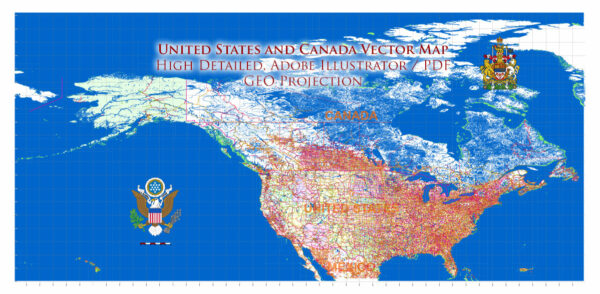
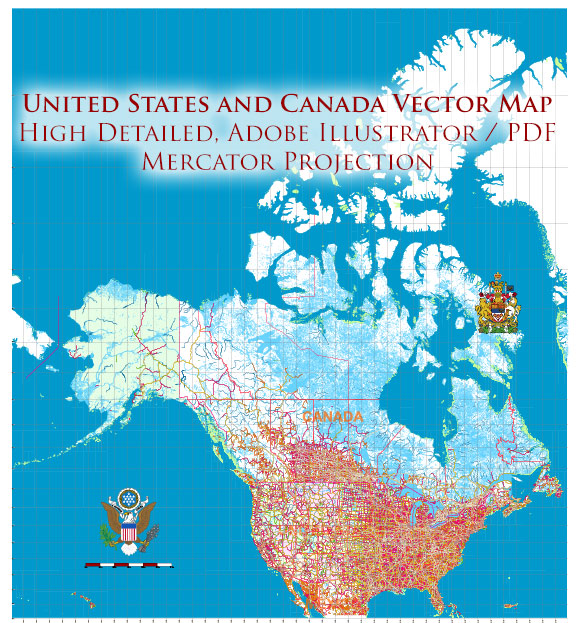
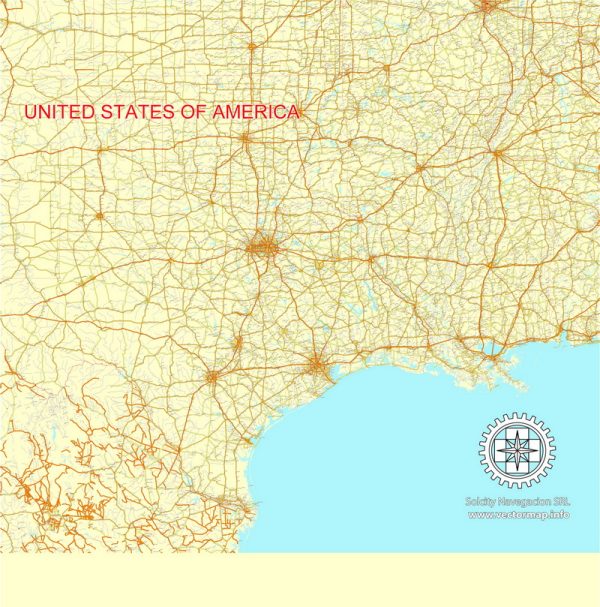
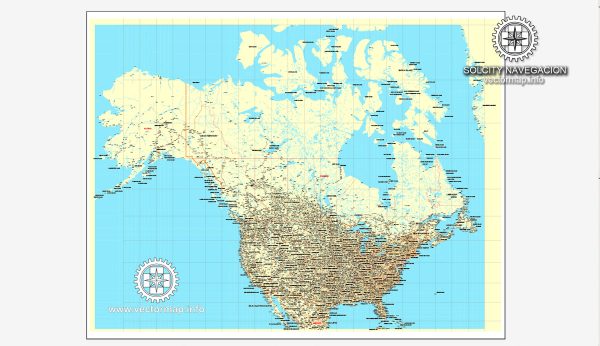
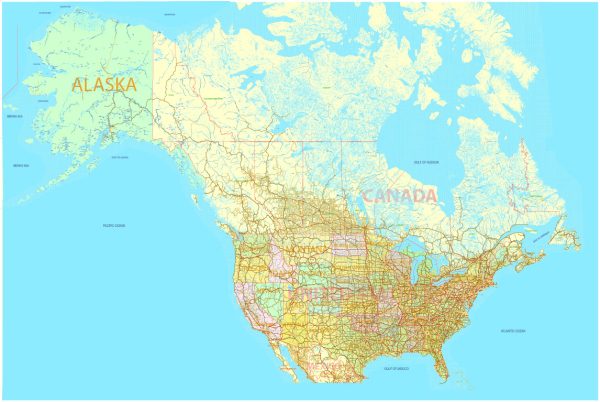
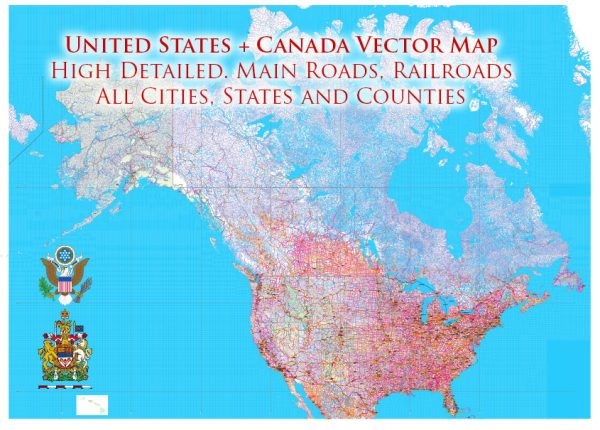
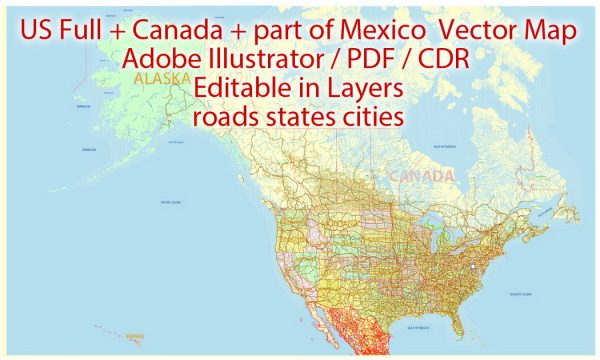
 Author: Kirill Shrayber, Ph.D.
Author: Kirill Shrayber, Ph.D.